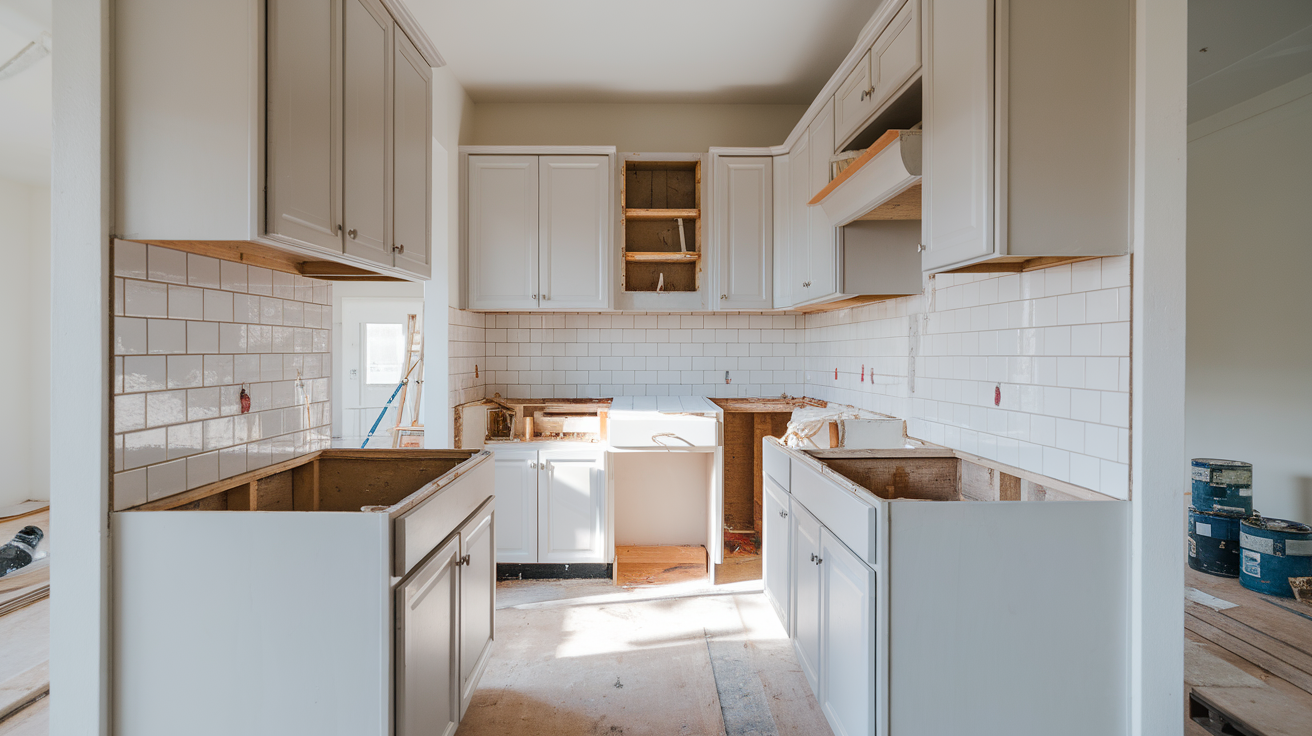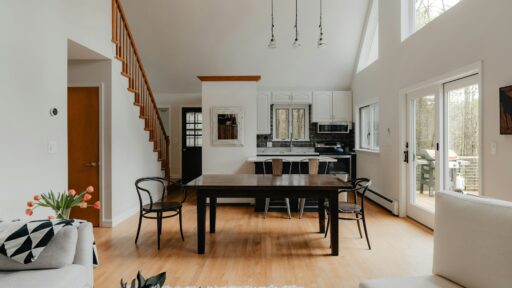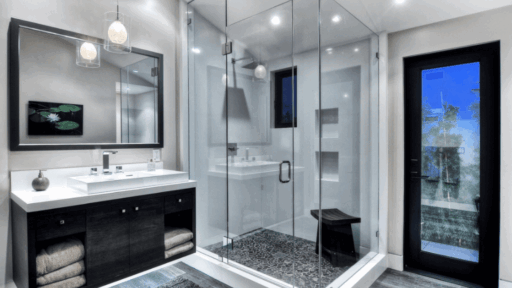Remodeling a kitchen can feel overwhelming when you’re staring down endless decisions and price tags.
But when I focus just on the structure, finishes, and fixtures, leaving out appliances, I can get a much clearer picture of the real investment.
Appliances tend to eat up a big chunk of the budget (about 15%, according to HomeGuide), so breaking costs down without them helps me plan more realistically.
If you’re remodeling a small kitchen and want to know exactly what you’ll spend without the distraction of ovens and fridges, you’re in the right place.
I’ll walk you through the numbers, where the money goes, and how you can keep more of it in your wallet.
Why Focus on the Remodel Before Buying Appliances
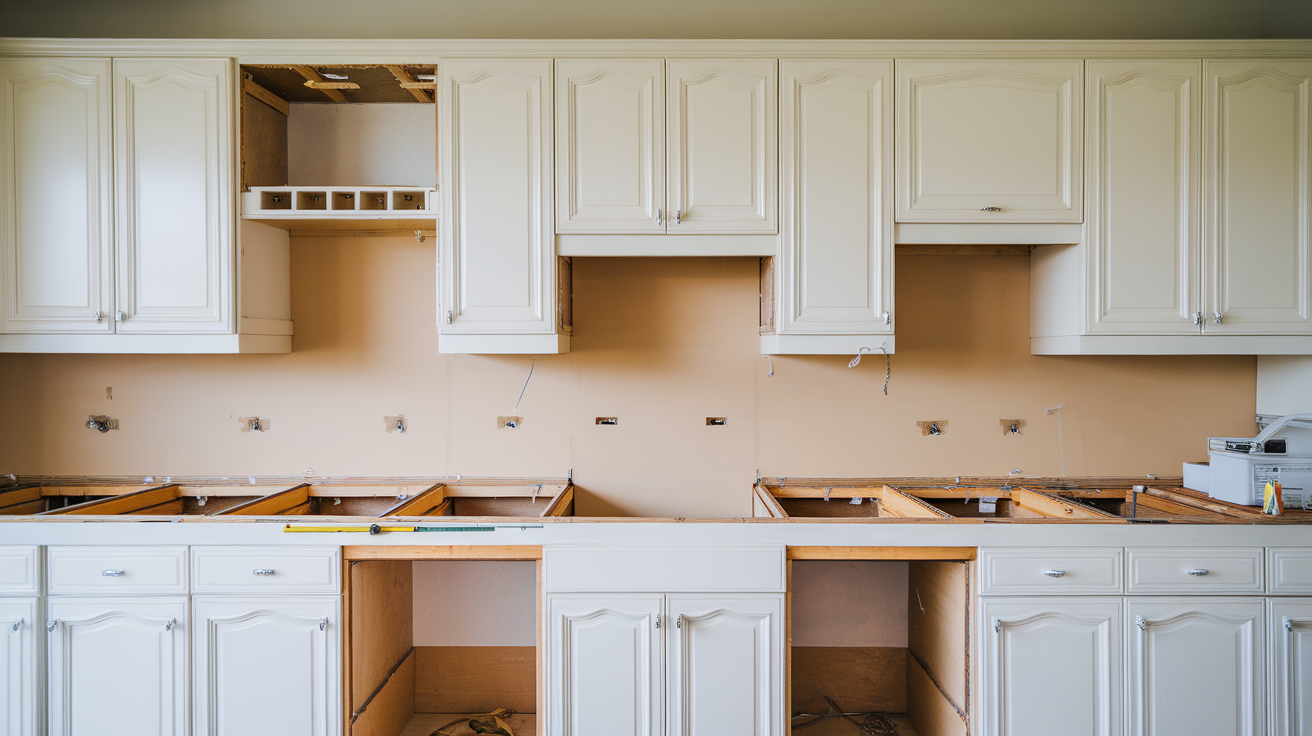
I always recommend handling the remodel first because the layout, cabinet dimensions, and countertop cutouts all affect what kind of appliances you can eventually install.
If I buy a new range or fridge too early, I might find it doesn’t fit with the final cabinet plan.
Prioritizing the remodel lets you choose appliances that match your finished space, both in size and style.
It also helps spread out your spending over time. By completing the construction and finishes first, you can avoid delays, minimize rework, and make smarter appliance choices down the line.
It just makes everything smoother.
Average Cost Range for Small Kitchen Remodels (Excluding Appliances)
When I look at current figures, a small kitchen remodel without appliances can fall into three main categories:
- Minor remodels: Approx. $6,500–$23,200
- Mid-range remodels: Approx. $15,000–$30,000
- High-end remodels: $30,000–$50,000+
These numbers might seem wide, but they really depend on materials, layout changes, and labor choices.
I found these averages on HomeGuide, KitchenOwa, and Bihn Construction, and they make a lot of sense once I break the project down into components.
Remodeling Costs: A Breakdown by Component
Let’s go one layer deeper. This is the typical cost of each part of the remodel, excluding appliances.
- Cabinetry ($3,000–$15,000): Cabinets usually take up the largest share. Stock cabinets are the cheapest, while semi-custom and full custom ones push the budget higher. Refacing lowers the cost significantly if the structure is still solid.
- Countertops ($1,000–$5,000): Laminate is the most affordable, while granite, quartz, or butcher block sit at the mid to high end. For a small kitchen, I can sometimes splurge here without going overboard.
- Backsplash ($600–$1,500): Tile prices range widely. Simple subway tile is very budget-friendly. Labor costs can double the total if I hire out, so I often consider this a DIY project.
- Flooring ($1,500–$4,000): Vinyl and laminate floors are popular for affordability and durability. Hardwood or tile costs more, especially when I include underlayment and labor.
- Lighting Fixtures ($300–$1,200): Updating overhead lights, under-cabinet strips, or pendants over a breakfast bar can quickly add polish without high costs. I’ve seen great options at box stores and online.
- Plumbing & Electrical Work ($1,000–$3,000): Moving sinks, outlets, or installing new lighting can raise costs fast. If I keep the layout as-is, I can usually keep this part closer to $1,000.
- Painting & Drywall ($500–$2,000): Painting cabinets or freshening up walls is one of the best upgrades for the price. If there’s drywall damage or water issues, costs can climb.
Factors Influencing Remodel Costs
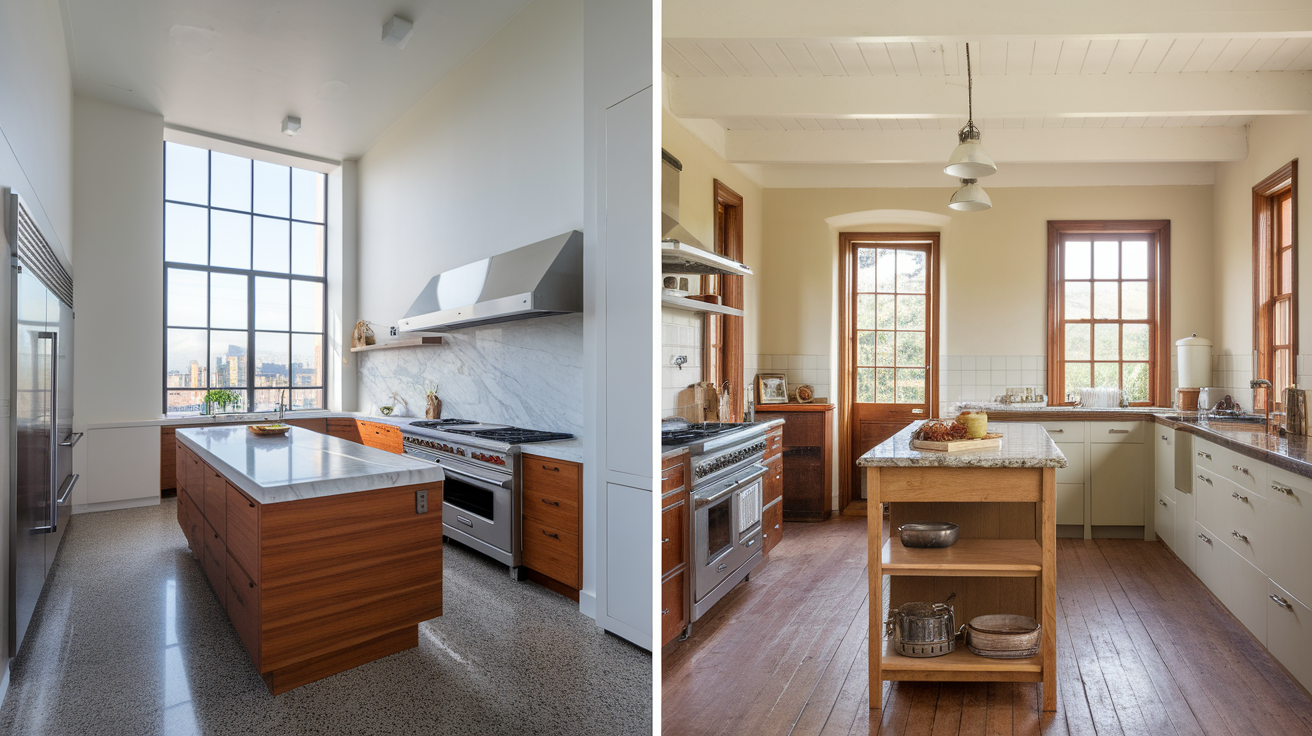
When someone tells me their kitchen remodel cost half as much as mine, I start looking at these five things. They always shape the budget.
- Kitchen Size: Most small kitchens are around 70–100 square feet. The smaller the space, the fewer materials needed. But oddly shaped kitchens may still cost more if they require custom fitting.
- Material Choices: I always say it’s not about cutting corners, it’s about making smart picks. Laminate counters, RTA (ready-to-assemble) cabinets, or peel-and-stick backsplash tiles are all solid ways to cut costs without cutting style.
- Labor Costs: Doing some work myself can save thousands. But I don’t skimp on plumbing or electrical, mistakes there cost way more in the long run.
- Structural Changes: If I keep plumbing and walls in place, I avoid costly reconfiguration. Moving a sink or taking down a wall adds hours of labor and permitting fees.
- Location: A remodel in a major city like San Francisco or New York will always cost more than in rural areas. Labor rates vary widely depending on where I live.
Cost-Saving Strategies for Budget-Conscious Remodels
If you’re like me, you probably don’t have $30,000 lying around for cabinets and flooring. Good news: I’ve found ways to make a big impact without draining my savings.
- Refacing Cabinets Instead of Replacing Them: Keeping the cabinet boxes and just updating doors, fronts, and hardware can cut costs in half. The finish looks new, and I don’t need to hire carpenters.
- Choosing Affordable Materials That Look Great: Laminate has come a long way and now mimics stone beautifully. You can also find prefab countertops that are much cheaper than slab stone.
- Tackling DIY-Friendly Projects: Painting walls, tiling a backsplash, or even installing flooring are tasks I’ve done myself. With the right tools and tutorials, they’re manageable and rewarding.
- Shopping Sales and Overstock: Home improvement stores run seasonal promotions. I once scored quartz remnants for a small counter at 40% off just by asking what was on clearance.
- Reusing Fixtures: If my current sink or faucet still works and looks good, I keep it. Swapping in a new faucet later is easy and affordable when the timing works better.
Common Hidden Costs in a Kitchen Remodel
This is the part I always remind people not to overlook. These hidden costs have a way of sneaking up when you least expect them.
- Permits and Inspections ($500–$2,000+): Even if I’m just updating finishes, my city might require permits for plumbing or electrical. Check local codes before starting.
- Unexpected Repairs: I’ve opened a wall and found mold, old wiring, or a leaky pipe more than once. I always budget at least 10–15% for “surprises.”
- Demolition and Waste Removal ($500–$2,000): Dump fees and renting a dumpster can add up fast. Even small kitchens create more waste than I expect.
- Design Fees: Hiring a designer isn’t mandatory, but if I do, I factor in around $1,000–$3,000 depending on how involved they are.
Real-Life Remodel Examples

Let me give you three quick examples that help make all these numbers real.
$10,000 Remodel (Minor Update): Painted cabinets, new laminate countertops, peel-and-stick backsplash, vinyl flooring, and fresh paint. All DIY, with no layout changes.
$20,000 Remodel (Mid-Range): New prefab cabinets, quartz countertops, tile backsplash, LVP flooring, upgraded lighting, and light plumbing work. Mix of DIY and contractor help.
$35,000+ Remodel (High-End Small Space): Custom cabinets, granite counters, high-end tile, structural wall removal, full rewire, and plumbing rework. Labor-heavy and fully contracted out.
Each of these projects worked within a budget and delivered a refreshed kitchen space. The difference was how much was done by hand and how premium the materials were.
Conclusion
A small kitchen remodel without appliances gives you more control over your budget and helps you focus on what matters most: materials, finishes, and layout.
By understanding the typical costs, identifying where you want to spend vs. save, and preparing for a few hidden fees, you give yourself a smoother experience.
If you’re planning your own remodel, I recommend starting with the layout and then pricing out each component.
Use a spreadsheet, set priorities, and keep 10–15% in reserve for unexpected expenses.
With a little research and prep, you can turn even the smallest kitchen into a space that feels brand new, without blowing your budget on appliances you may not need right away.


